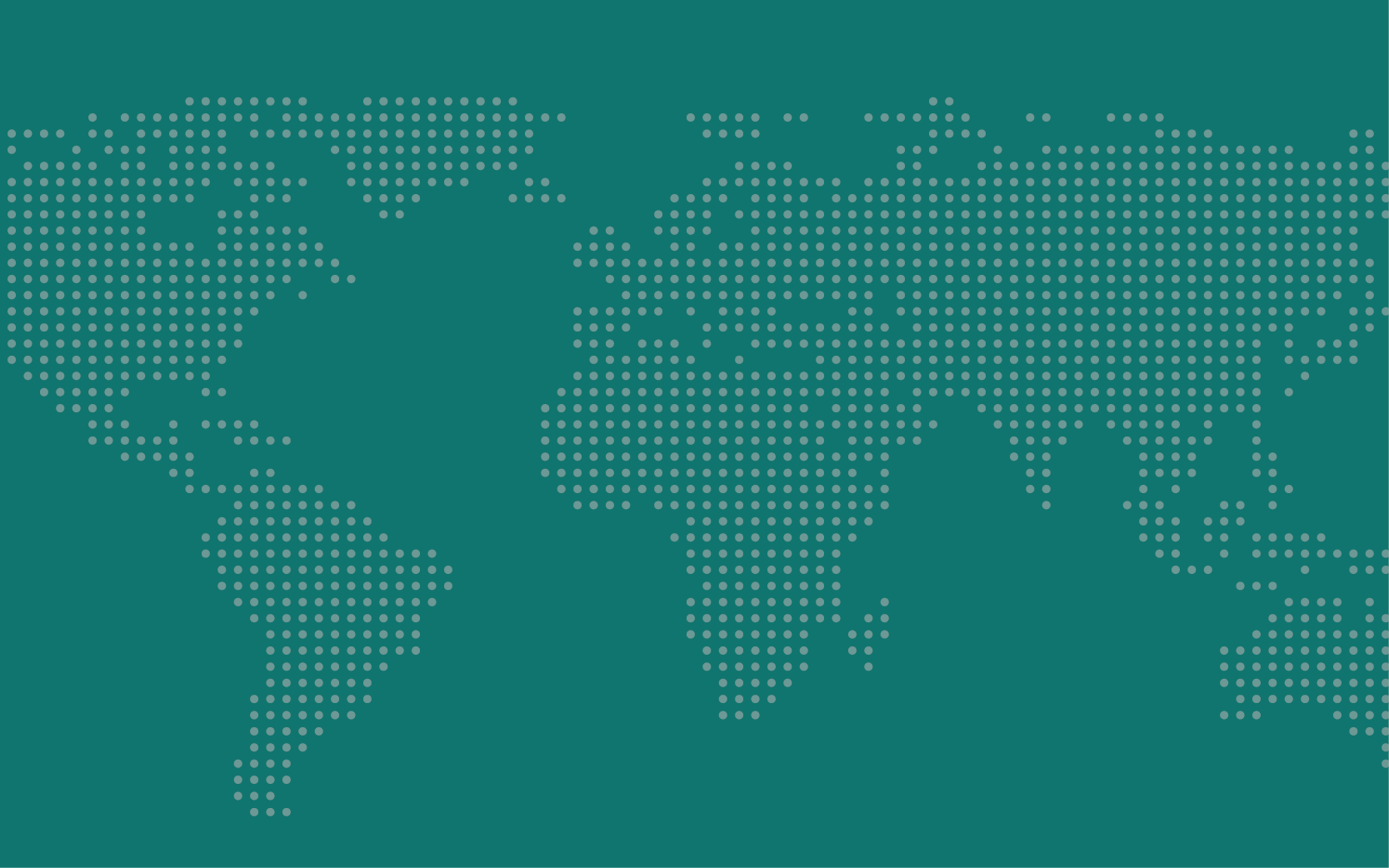Five Questions on Indian Foreign Policy with Achyuta Adhvaryu
India is the most populous nation, largest democracy, and fastest growing major economy in the world. But it’s not yet a global superpower, and the nation’s diplomatic service is only about the size of Singapore’s.
In a global order being transformed by the rise of its neighbor, China, and uncertainty over U.S. economic and security commitments, how is India navigating an era defined by great power competition?
IGCC’s Paddy Ryan spoke with Achyuta Adhvaryu, Tata Chancellor’s professor of economics at the UC San Diego School of Global Policy and Strategy and the inaugural director of the 21st Century India Center, about recent developments in India’s relationships with China and the United States and how New Delhi sees a changing world and its place within it.
Unpack for me the paradox of Indian foreign policy. It’s a huge and important country and yet it seems aloof from the great power politics that the United States and China participate in. How does India see the world—and itself?
India sees itself—and this is an accurate perception—as a nation that is increasingly ascendant on the world’s stage, and whose importance within the global order is only going to grow.
By 2030, India is projected to be the third‑largest economy after only the United States and China. Economically, India has become a powerhouse in both goods production and human capital development, with highly skilled workers who go abroad and play pivotal roles in founding and running important global companies in places like Silicon Valley—at least before the United States introduced new restrictions on H1-B visas, 70 percent of which went to Indian nationals.
But besides economics, India’s importance in global geopolitics is also growing. India increasingly perceives itself as a counterweight to China. Like China, India is a major Asian power, but it’s aligned more with the Western democratic bloc, sharing with these nations the liberal democratic values and a market‑oriented economy that set it apart from its superpower neighbor. Of course, India also sees China as a security threat, so there’s further alignment with the West there as well.
India has traditionally followed a nonaligned foreign policy, but you see a greater recognition of the country’s growing global role within the country. National leaders often speak of India’s rise and its global destiny, emphasizing the country’s agency in foreign affairs and excitement about the country’s future role on the world stage.
You mentioned China as a security threat. Not only were there significant clashes along the disputed China-India border in 2020, but China’s also a key security partner for Pakistan, with whom India fought a war last May. How do these security concerns shape India’s foreign policy—and particularly, the U.S.-India relationship?
The border disputes with China and Pakistan have been long‑standing sources of tension, leading to periodic flare‑ups. With Pakistan, the issue is the divided region of Kashmir, while in the Eastern Himalayas, China has incrementally advanced its foothold in high-altitude positions along the border, often without significant Indian pushback.
Border security is a real concern for India, and naturally shapes its foreign policy. The role of the United States in local security matters has historically been quite nuanced. During the Cold War, India’s left-of-center governments were more favorable toward the Soviet Union, while Pakistan was a more conservative, anticommunist ally of the United States.
But the U.S. objective in the region has not been to pick sides, but to promote strategic stability. After all, these are two very big countries with enormous militaries and nuclear weapons to boot—so the most important thing for everyone in South Asia has to be preventing India and Pakistan from getting into a catastrophic war.
As the Cold War came to an end, alliance politics shifted, while the United States’ overall objective of stability remained largely the same. Over the last two decades, Pakistan began to drift toward China, while the U.S.-India relationship deepened as the United States began to see India as a stabilizing force against Chinese expansion and Pakistani nuclear risk.
In that context, Washington has worked to bolster India’s defense and intelligence capabilities while still maintaining ties with Pakistan. But overall, there has been a distinct move from strategic balancing to more overt U.S. alignment with India.
The relationship between President Trump and Indian Prime Minister Narendra Modi relationship was very warm, but has hit the rocks as of late. Why the initial bromance, and what’s gone wrong since?
Both leaders project strong, centralized authority and saw mutual benefit in a transactional partnership. Each sees himself in the other, having consolidated political power in opposition to the traditional political establishments in their respective nations.
Trump was attracted to Modi’s decisive style and viewed India as a pragmatic economic partner. Modi, in turn, appreciated Trump’s willingness to bypass bureaucratic hurdles and focus on trade, whereas the Biden administration might have been more vocal about concerns that Indian democracy was backsliding.
However, the relationship deteriorated after the recent India‑Pakistan skirmish. Trump claimed credit for brokering the deal that ended the brief conflict. While Pakistan nominated Trump for the Nobel Peace Prize for his efforts, Modi perceived U.S. involvement as an affront to Indian sovereignty, leading to a sharp diplomatic rift and introducing personal tensions into the Trump-Modi relationship.
And since the India-Pakistan conflict, it’s just gone downhill, right?
Yes, things have gotten more complicated since. A big factor is energy. India’s energy policy is driven by sheer necessity; it’s a massive importer of oil with limited domestic reserves. Because of the international price cap on Russian oil—which seeks to deprive Moscow of revenue to wage the war in Ukraine—India was able to buy those barrels at a discount, and stepped up its energy transactions with Russia.
These purchases fulfill a crucial domestic supply need, but it conflicts with U.S. sanctions objectives. In Trump’s post-Alaska drive to end the war in Ukraine, he has pressured India to halt its Russian oil purchases, imposing a 50 percent tariff on the country until it ceases imports.
Tariffs were high even before the oil spat. They’ve hit India’s textile and garment exporters particularly hard. These are key domestic industries and sources of employment in India—U.S. trade policy is seen as hammering profits and threatening jobs. While some exemptions have been granted for India’s semiconductor and pharmaceutical exports, sectors across the board remain vulnerable, and no one can predict what Trump will do next.
There is an irony that even with actual fighting along the China-India border, trade between the countries has remained robust. But with U.S. trade barriers, not only are Indian firms pressing the government for relief, but they are also exploring alternative markets, given uncertainty over the U.S.-India economic relationship.
Long story short, the relationship between Trump and Modi was already frayed before the new tariffs, and then you add in the H1-B restrictions on top of that. Before the recent talks about the Israel-Hamas ceasefire and resolving the oil dispute, tensions had culminated in a cessation of direct leader‑to‑leader communication.
In September we saw Modi join Chinese President Xi Jinping, Russian President Vladimir Putin, and North Korean Supreme Leader Kim Jong‑un at the Beijing’s Victory Day parade. Many observers interpreted this as a tableau of a new “autocratic axis” against the democracies—so why was the world’s largest democracy there too?
Nothing’s ever a coincidence in international relations, so the timing suggests a strategic signal. Modi’s visit to Beijing can be read as a reminder that India will not wait indefinitely for a resolution of its concerns; just as its businesses are diversifying their export markets, the Indian state is also willing to diversify its political and security partnerships, including with China. Even before the parade, Modi was at a meeting of the BRICS and of the Shanghai Cooperation Organization, both of which include China and Russia.
That being said, you couldn’t characterize this as any sort of definitive break in the U.S.-India relationship. Within India, the private sector remains largely optimistic about a strong, continued U.S. relationship. After all, the tariffs are relatively new, and many Indian stakeholders view them as a temporary setback rather than a permanent pivot. Many expect—or hope—for a return to normalcy in U.S.-India commercial relations. In either case, given the history of military confrontation with Beijing, India couldn’t possibly put all of its eggs into the China basket anyway.
Nevertheless, the event underscores India’s desire to keep diplomatic options open and to assert its agency on the global stage. In this context, it’s worth returning to our opening discussion about how India has traditionally engaged with the world. India has always pursued a multivector foreign policy. It aims to maintain its strategic partnership with the United States while also engaging China and other powers where beneficial.
In other words, India’s overarching foreign policy goal remains largely unchanged: to avoid overreliance on any single partner.
Learn more about the 21st Century India Center at india.ucsd.edu.
Thumbnail credit: The White House (Flickr)

Global Policy At A Glance
Global Policy At A Glance is IGCC’s blog, which brings research from our network of scholars to engaged audiences outside of academia.
Read More